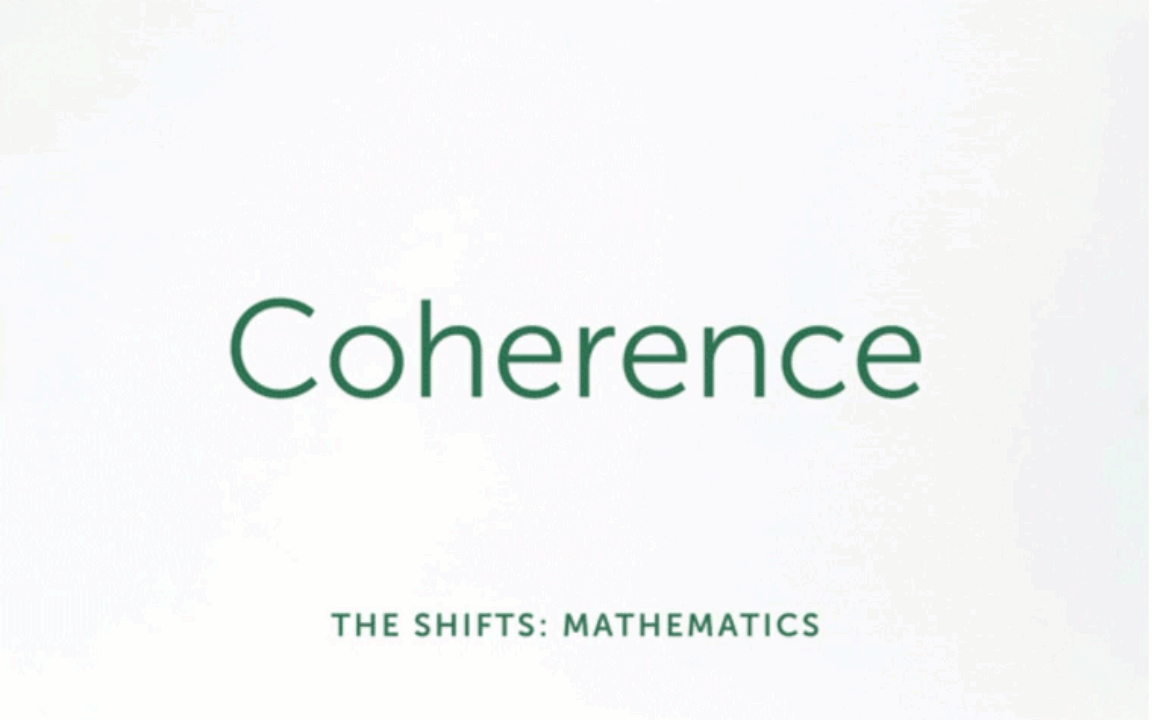


Shifts

Focus
Focus strongly where the standards focus
Focus: The Standards require us to significantly narrow and deepen the way time and energy is spent in the math classroom.
We focus deeply on the major work of each grade so that students can gain strong foundations:
-
conceptual understanding
-
procedural skill and fluency
-
apply math to solve real-world problems
Focus looks different in high school. Rather than eliminating topics, we focus on the structure that ties them together.


Coherence
Think across grades, Link to major topics within grades
Coherence: Through coherence, we take advantage of focus to actually pay attention to sense-making in math. Coherence speaks to the idea that math does not consist of a list of isolated topics.
The Standards themselves, including curriculum and instruction, should:
-
Build new understanding on foundations built in previous years
-
Begin with conceptual understanding of core content
-
Recognize that each standard is not a new event, but an extension of previous learning
-
Set students up for success in high school

This visual shows that there are some issues if you pull out certain standards, you need to build and connect with others.

Rigor
In major topics, pursue conceptual understanding, procedural skill & fluency, and application
Rigor: The Common Core Shift of Rigor doesn't just mean "harder" or "trickier", but a balance of conceptual understanding, procedural skill and fluency, and application in math instruction. All three components need to be addressed for students to be able to reach the depth of learning that is expected by the Iowa Core.
-
The three aspects of rigor are not always separate. Conceptual understanding provides the foundation for fluency work; fluency can be practiced in the context of applications; and applications can build conceptual understanding.

-
Nor are the three aspects of rigor always together. Fluency requires dedicated practice.
Rich applications cannot always be squeezed into the mathematical topic of the day.
